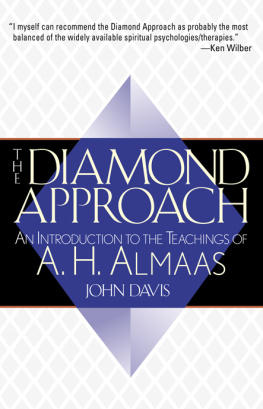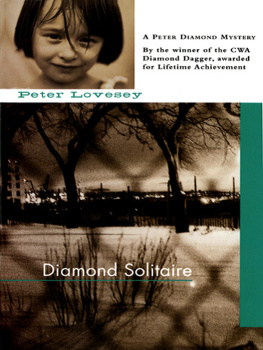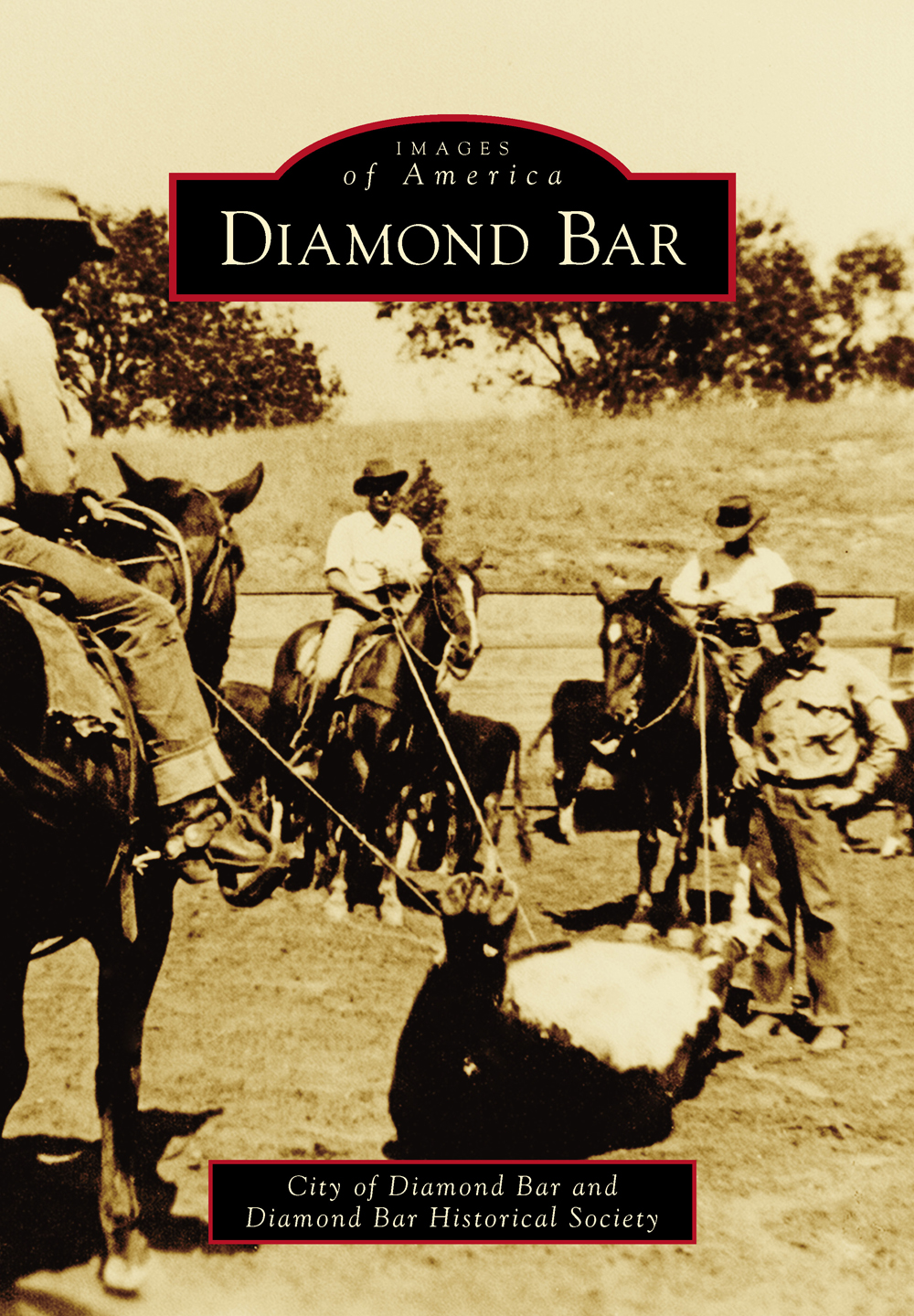
IMAGES
of America
DIAMOND BAR

This birds-eye view of the Diamond Bar area, taken from Valley Boulevard in 1936, shows the beautiful rolling hillsides covered with stands of sycamore, oak, and walnut trees. The formation in the center of the photograph, often referred to as Elephant Hill, is what remains of a dormant volcano that dates back five million years. In the early 1930s, a roadway was constructed to connect the Spadra area to Pomona, or Fifth Avenue (present-day Golden Springs Drive/Diamond Bar Boulevard) through to Mission Boulevard. (Courtesy of Frasher Fotos.)
ON THE COVER: This 1940 photograph shows branding time on the Diamond Bar Ranch. Pictured here are ranch manager Ezra Hayes and cowboys Angel Reyes and Bill Slim Potter. These longtime ranch hands worked for both Frederick E. Lewis and William Bartholomae at the Diamond Bar Ranch between 1918 and 1956. (Courtesy of Bill Potter.)
IMAGES
of America
DIAMOND BAR
City of Diamond Bar and
Diamond Bar Historical Society

Copyright 2014 by City of Diamond Bar and Diamond Bar Historical Society
ISBN 978-1-4671-3196-4
Ebook ISBN 9781439647455
Published by Arcadia Publishing
Charleston, South Carolina
Library of Congress Control Number: 2013955788
For all general information, please contact Arcadia Publishing:
Telephone 843-853-2070
Fax 843-853-0044
E-mail
For customer service and orders:
Toll-Free 1-888-313-2665
Visit us on the Internet at www.arcadiapublishing.com
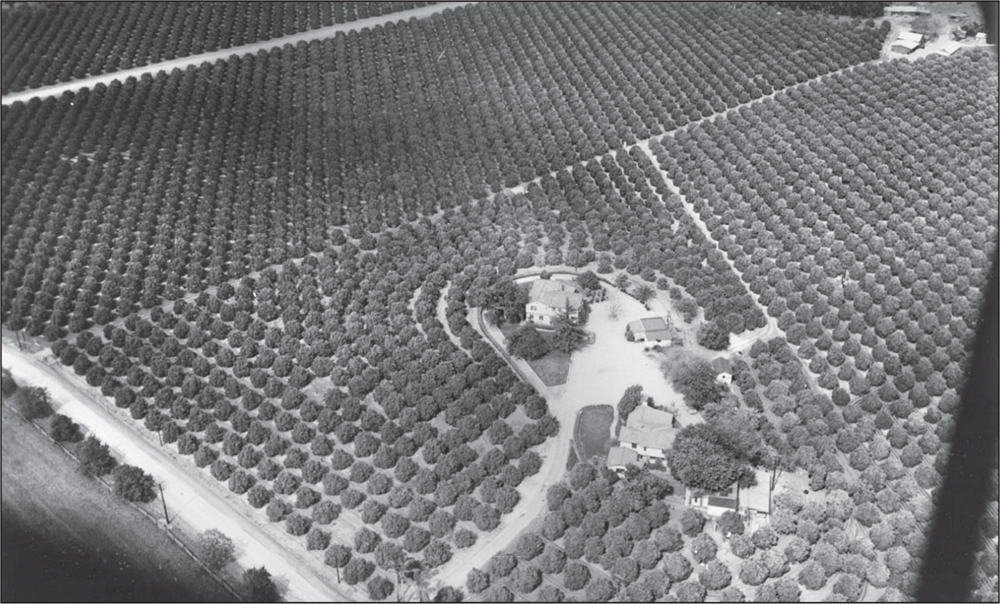
During the early 1900s, the citrus industry flourished in the Pomona Valley. The McMillan Ranch and Citrus Nursery was one of the largest nurseries in the Diamond Bar area. Two brothers, Charles and George McMillan, owned groves that stretched for approximately 200 acres from Valley Boulevard to the north along Brea Canyon Road (the road on the left side of the image) toward Pathfinder Road. This 1930s image is an aerial photograph of the McMillan groves. (Courtesy of the McMillan family.)
CONTENTS
ACKNOWLEDGMENTS
The Diamond Bar City Council thanks all those who have contributed to and dedicated themselves toward the establishment and preservation of the city of Diamond Bar. The council recognizes the efforts of the Diamond Bar Historical Society, including founding members Don Gravdahl, Marilyn Kieffer, Kathleen McCarthy Newe, Arlene Navarro, and Glennon Neubauer, as well as charter members John Isaac, Harriet Isaac, Genevieve Peterson, Rose Repar, Jack Tillery, and Eileen Tillery, andin particularformer Diamond Bar mayor and historical society founding member and president John Forbing, for the foresight to ensure the preservation of the citys history and safeguarding our treasures for all these years.
Appreciation also goes to the members of the Diamond Bar History Project, with special recognition to Greg M. Busch for his tenacity and unparalleled detective skills in uncovering our citys past. Thank you to Bill Bartholomae for his commitment to preserving the Diamond Bar Ranchs rich history. It is impossible to individually thank all those who have contributed photographs, artifacts, memories, and time throughout the years to preserve the citys history, but their hard work and dedication have made this book possible.
In addition, we acknowledge the following city staff members: city manager James DeStefano, assistant city manager David Doyle, deputy city manager Ryan McLean, public information manager Marsha Roa, public information coordinator Cecilia Arellano, and city clerk Tommye Cribbins, who, as the citys first employee, celebrated her 25th anniversary with Diamond Bar in 2014.
We must also recognize the contributions of the early settlers for their fortitude and all the visionaries for their ability to create what most only imagine. Thank you to all the past members of the Capital Corporation, Transamerica Development Company, Transamerica Corporation, Diamond Bar Homeowners Association, Diamond Bar Municipal Advisory Council, Diamond Bar Improvement Association, city council, city managers, commissioners, and community members for laying the foundation from which all has grown.
Unless otherwise noted, all images are courtesy of the Diamond Bar Historical Society. Some images are courtesy of the Historical Society of Pomona Valley, which is abbreviated throughout the book as HSPV.
Diamond Bar City Council members
| Phyllis Papen | 19891995 |
| Paul Horcher | 19891990 |
| John Forbing | 19891993 |
| Gary Werner | 19891997 |
| Gary Miller | 19891995 |
| Jay Kim | 19901992 |
| Don Nardella | 19901991 |
| Dexter MacBride | 19921993 |
| Clair Harmony | 19931997 |
| Eileen Ansari | 19932001 |
| Bob Huff | 19952004 |
| Carol Herrera | 1995present |
| Wen Chang | 19972009 |
| Debby OConnor | 19972005 |
| Bob Zirbes | 20012007 |
| Jack Tanaka | 2005present |
| Steve Tye | 2005present |
| Ron Everett | 20072013 |
| Ling-Ling Chang | 2009present |
| Nancy Lyons | 2013present |
INTRODUCTION
For thousands of years, the Tongva people inhabited the region that encompassed the entire Los Angeles basin. They ruled the region relatively unchallenged until Spain established the first European settlements in California in 1771.
The first settlement in the area was Mission San Gabriel, which was established near the San Gabriel River in 1776. San Gabriel flourished and soon became one of the most successful of the 21 missions, with large numbers of livestock and vast farmland extending far eastward to encompass the rolling hills and valleys of present-day Diamond Bar.
As the missions flourished, their influence and power grew throughout California, and when Mexico became independent from Spain in 1821, a movement began to reduce Spanish power and distribute their lands. The secularization of the missions began in 1830, and the first land grant in the Pomona Valley was issued on April 15, 1837, when Mexican governor Juan Bautista Alvarado conveyed a 22,000-acre parcel of land to California natives Ygnacio Palomares and Ricardo Vejar, who named their new home Rancho San Jose.
In 1840, a second land grant, containing approximately 1,004 acres south of the San Jose Creek, was deeded to Jose de la Luz Linares. This property, which he named Rancho Los Nogales (Ranch of Walnut Trees), is the current location of the city of Diamond Bar.
After Linares died in 1847, his widow, Maria, sold a choice portion of the ranch to Vejar, who already owned the adjacent Rancho San Jose, for $100 in merchandise, 100 calves, and the assumption of her late husbands debts. Over the course of the next 10 years, Vejar, along with his sons Ramon and Francisco, obtained possession of the entire original Los Nogales land grant, increasing his land assets to more than 13,000 acres and making him the fifth-wealthiest landowner in Los Angeles County.
Next page


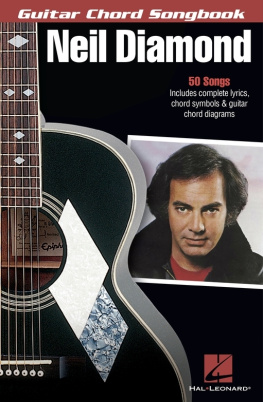


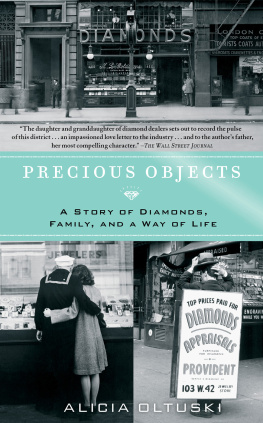

![Diamond - By Lisa M. Diamond: Sexual Fluidity: Understanding Womens Love and Desire [Paperback]](/uploads/posts/book/138039/thumbs/diamond-by-lisa-m-diamond-sexual-fluidity.jpg)
